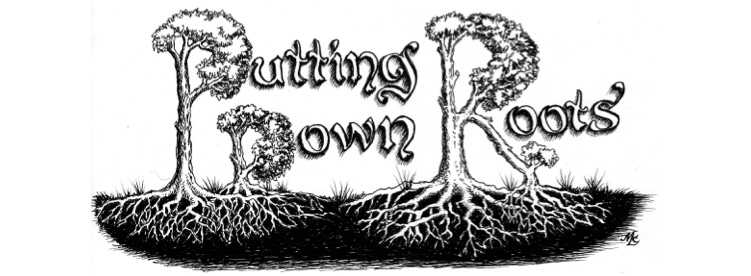[text from a PennEnvironment email, because it contains a lot more information than the petition page -- the petition message is customizable, so you can add talking points from this email.]
Polystyrene foam, which you've probably been handed in the form of a takeout coffee cup, takes hundreds of years to decompose.1 Over time, it breaks down into smaller and smaller pieces, becoming ever easier for an animal to swallow.
In the belly of a sea turtle or a dolphin, this plastic can lead to sickness, starvation and death.2 The momentary convenience of keeping a drink warm leads to centuries of pollution and harm.
This isn't worth it. Tell Gov. Josh Shapiro: Ban polystyrene foam.
Each year, 26 million metric tons of polystyrene foam are produced worldwide, much of it for the purpose of single-use disposable items, like beverage cups and food containers.3
Thousands of tons of plastic are ending up in landfills or in the ocean, where marine animals consume it, damaging their intestines and causing painful, unnecessary deaths.
And because less than 3% of polystyrene gets recycled in the United States, every time we throw it away, we have to make more.4
This process is energy intensive and polluting, requiring petroleum and a host of other highly polluting ingredients that can leach into our food and drink.5
In fact, the U.S. Department of Health and Human Services has listed styrene -- the chemical released from polystyrene containers -- as a potential carcinogen.6 Polystyrene is just not good for us or the planet, and when safer and more sustainable alternatives exist, there is no reason to keep using it.
Call on Gov. Shapiro to take this step toward a zero-waste future.
We can create a country without polystyrene foam, but we need you to stand with us.
The support of people like you has helped our national network pass legislation banning single-use polystyrene foam containers in 11 states and counting.7
These bans could bolster global progress on polystyrene, too. The European Union's ban on polystyrene went into effect in July 2021.8 Countries such as France, Germany and Spain provide a roadmap for living without polystyrene and the harm it does to our planet.
Why not make Pennsylvania the next place to say "no" to polystyrene?
Add your name: Help us keep one of the worst forms of plastic from harming wildlife.
Thank you,
David Masur
Executive Director
1. Mike Wehner, "It takes decades for polystyrene to break down, even in direct sunlight," BGR, October 13, 2019.
2. "Why is Marine Debris a Problem?" National Oceanic and Atmospheric Administration, last accessed October 10, 2023.
3. "Production forecast of thermoplastics worldwide from 2020 to 2050, by type," Statista, last accessed October 10, 2023.
4. Ross Sherman, "Statement: Maryland's plastic foam ban officially becomes law," Environment America, May 24, 2019.
5. "Why you should never use styrofoam again," Going Green, last accessed October 10, 2023.
6. "New substances added to HHS Report on Carcinogens," National Institutes of Health, June 10, 2011.
7. "Reducing Plastic Waste in the States," Environment America, last accessed October 10, 2023.
8. "EU restrictions on certain single-use plastics," The European Commission, last accessed October 10, 2023.




